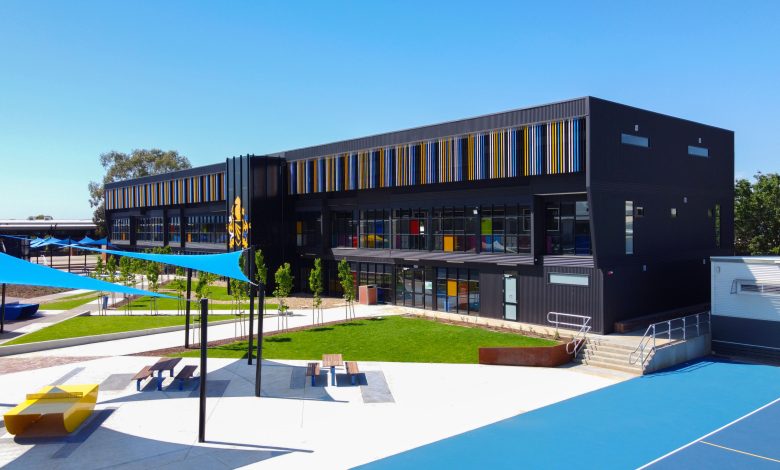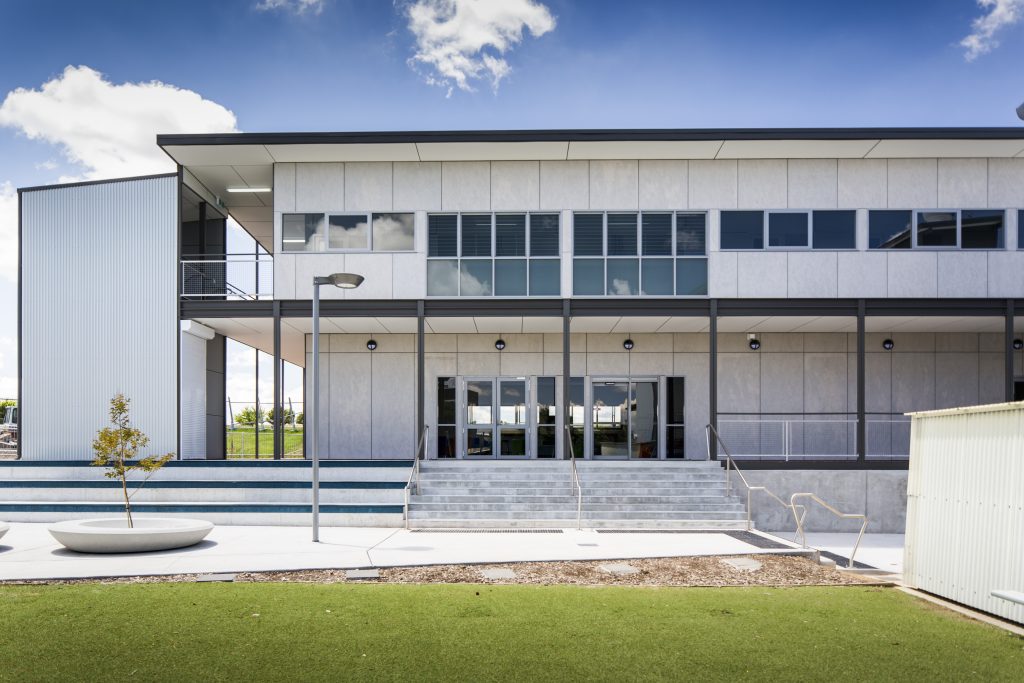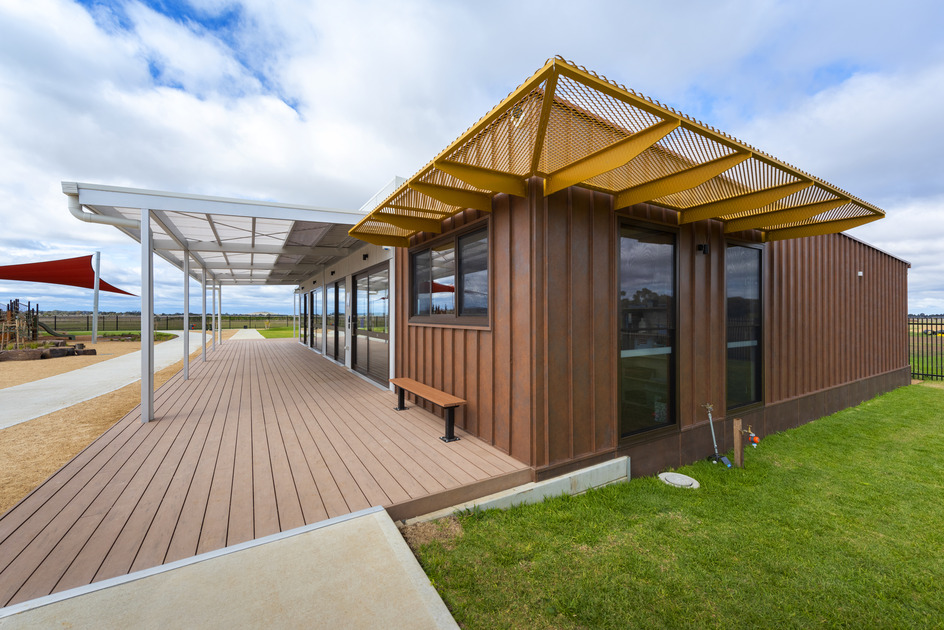
Adding a new Year 5 class, expanding the library’s collection, introducing a new technology area or establishing a dedicated music room are all worthwhile endeavours for a school. These projects, though, may all be hampered by the same thing – a lack of space.
Typically, school enrolments grow year on year. And while an increase in student numbers will be manageable for most schools for some time, all the available classroom space will eventually be exhausted. Modular buildings are an excellent solution to help schools expand their indoor space.
Read the latest print edition of School News HERE
Any construction project will require considerable planning, consultation of stakeholders, and funding. This takes time and needs to be managed competently. For schools that need space right away, modular buildings are a great alternative.
Thomas Rolland, Director at MODCON Solutions – Modular Construction Consultants, said modular buildings are well-suited for a variety of applications in schools. “Modular buildings provide flexibility, speed of construction and cost-effectiveness. A modular construction solution can be adapted to suit almost any requirement that a school has a need for.”
Built offsite and then transported to the school, these structures can be in place much quicker and with far less disturbance than a permanent building.
“Construction times are reduced drastically when comparted to traditional methods of construction, and there is minimal on-site activity which means less disruption for the school’s daily operations,” Mr Rolland said.
Site preparation and construction of the building can happen concurrently, meaning the project will be completed within a short time frame.
“There are also cost efficiencies, which can reduce the overall project costs compared to a traditional build, directed mainly towards labour and site costs.”

Modular construction is completed offsite, which means that most of the time, schools opt for delivery of these near completed buildings to occur over a term break. “It’s always great to see the reaction of school communities when they return from school holidays and see a brand-new building installed when two weeks prior there was nothing there,” Mr Rolland said.
As well as helping students and teachers with the provision of more space, the quick installation time of modular buildings is beneficial to school leadership and staff managing the project. Of course, schools are busy places, and time spent project managing a building construction takes staff away from their regular day-to-day duties. This may mean more staff need to be employed to absorb some of the workload, which is an extra cost to schools. A quickly completed modular building installation will relieve this pressure.
Inside, modular buildings look much like regular classrooms. They can be air-conditioned and solar powered, and come with a range of different options for windows and doors. Spaces will enjoy the same light, fresh air and climate control as other areas of your school.
Growing schools may look to modular buildings to provide extra classroom space temporarily. This will allow time for funds, designs and permits and approvals to be finalised for a permanent construction, without leaving classes short on space. Many companies offer leasing of buildings. Schools, then, can enjoy the advantages of extra space without a large outlay of money. Hiring buildings is also great if classrooms become unusable for a period of time due to flooding, damage, or scheduled refurbishments.

With the variety of configurations available for modular buildings, though, they can prove a valuable asset to your school more permanently. Double storey buildings, so your school grows up rather than out, can save space, as many rooms can be added within a small building footprint. Rearranging modular buildings into different configurations, or moving them to different areas of the school as needs change, provides added flexibility.
“Some other factors that help differentiate modular construction compared to traditional methods include the ability to work within a controlled environment which in turn leads to less delays, the ability to have consistent quality control, safer working conditions, improved overall project control, and reductions in wastage,” Mr Rolland said. “If needed in the future, modular buildings have the amazing potential to be relocated or even have additions added onto them.
“We like to prioritise form following function of the space required. Ultimately for schools the specific purpose is to create amazing spaces for children to learn in and staff to teach in. Consideration should be given to how the building fits into the landscape of the rest of the school, and how it can be designed to ensure it seamlessly integrates with the surrounding area.”







